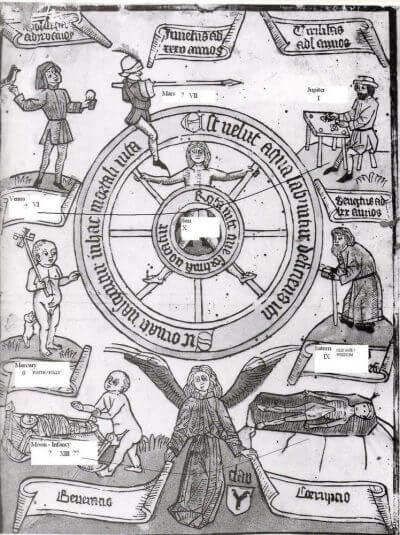

Another influence was The Witch-Cult in Western Europe (1921) by Margaret Murray. The festival cycle known as the 'Wheel of the Year' was influenced by works such as The Golden Bough by James George Frazer (1890), which explored various European seasonal festivals and their possible pagan roots. The four Celtic festivals were known to the Gaels as Beltane (1 May), Lughnasadh (1 August), Samhain (1 November) and Imbolc (1 February). In the British Isles, the Anglo-Saxons primarily celebrated the four solstices and equinoxes, while Insular Celtic peoples primarily celebrated the four midpoints between these. The ancient pagan peoples of Europe differed in the festivals they celebrated. Some Wiccans use the term sabbat ( / ˈ s æ b ə t/) to refer to each festival. Modern pagan festivals that rely on the Wheel are based to varying degrees on folk traditions, regardless of actual historical pagan practices. Observing the cycle of the seasons has been important to many people, both ancient and modern. Different paths of modern Paganism may vary regarding the precise timing of each celebration, based on such distinctions as the lunar phase and geographic hemisphere. British neopagans crafted the Wheel of the Year in the mid-20th century, combining the four solar events (" quarter days") marked by many European peoples, with the four seasonal festivals ("cross-quarter days") celebrated by Insular Celtic peoples. The Wheel of the Year is an annual cycle of seasonal festivals, observed by a range of modern pagans, marking the year's chief solar events ( solstices and equinoxes) and the midpoints between them. Some Pagans in the Southern Hemisphere advance these dates six months to coincide with their own seasons.

The Wheel of the Year in the Northern Hemisphere. For Wheel of time, see Wheel of time (disambiguation). For other uses of Sabbat, see Sabbat (disambiguation).


 0 kommentar(er)
0 kommentar(er)
